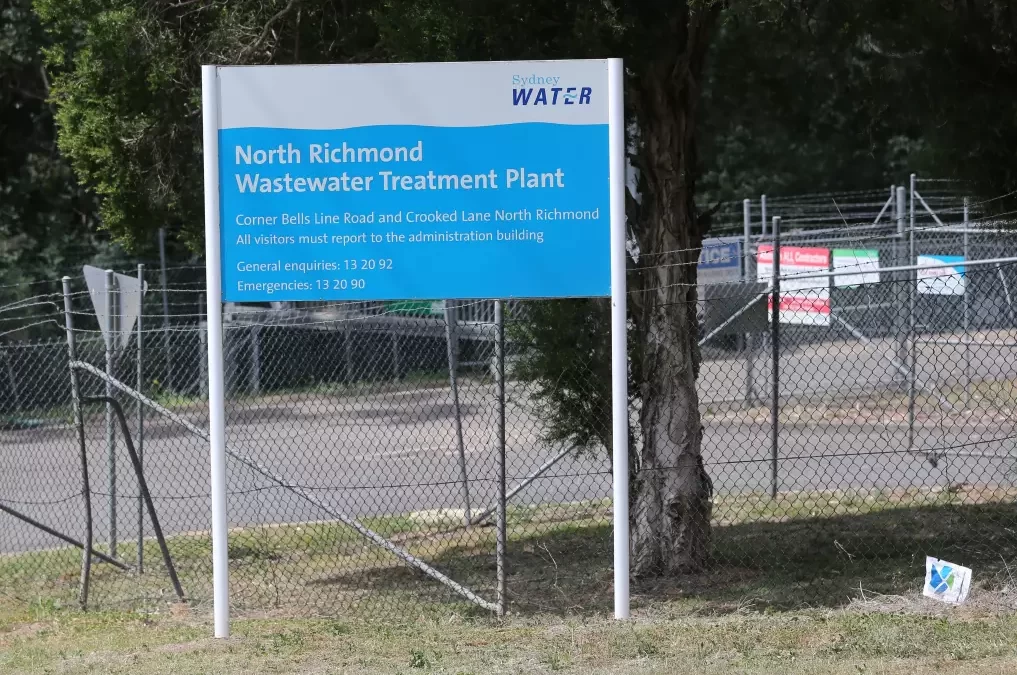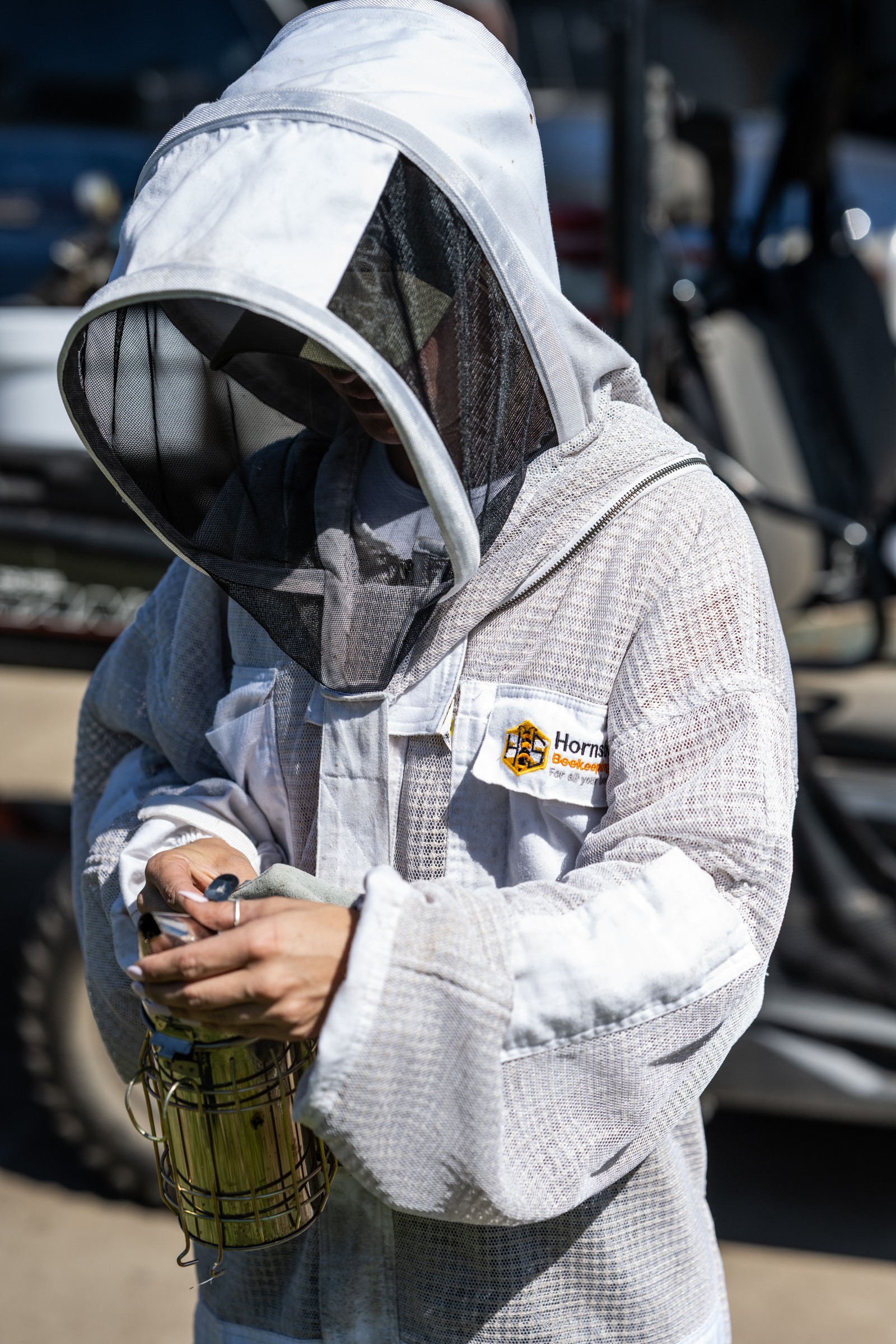Stylecraft & Co., approaching...


Stylecraft & Co., approaching...

An unprecedented surge in development west of...

Hawkesbury City Council has stated it is not responsible...
The Hawkesbury region is facing an escalating spring crisis with the relentless spread of the varroa mite, a bee parasite that attacks and feeds on honey bees.
Australia had enjoyed historical protection against the varroa mite, scientifically known as varroa destructor, primarily due to its geographical isolation, until the mite’s presence was confirmed at the Port of Newcastle just over a year ago.
There has been an expansion of the “red” eradication zone with local beekeepers now bracing themselves for the government-ordered euthanasia of their bee colonies. After red zones, which have a circumference of 10km there are purple surveillance zones with a 25km circumference where officials monitor and inspect managed and feral honey bees for incursions. And grey general emergency zones.
The NSW Department of Primary Industries (DPI) has been trying to prevent the mite from establishing a permanent foothold in the country by destroying infected hives. It has been struggling to manage the emergency as the mite has continued to spread with other states shutting their borders to bees that are regularly moved between farms. But many in the honey and crop pollination industries worth $14 billion annually believe this is impossible and want to halt the program of burning bee colonies.

Skye Gilmour from Signature Farms Richmond
Skye Gilmour, owner of Hawkesbury based Signature Farms, was shocked to discover that her bees are inside a red zone, which was initially designated around St Albans. She only became aware of the development when contacted by the Hawkesbury Post.
“It’s devastating.The DPI hasn’t contacted me. I knew it was coming but it’s devastating,” Gilmour said.
“I’ll stop what I’m doing right now and go up to my hives. I’ll remove all the honey boxes that are full, so I don’t lose my honey harvest as well as my bees.”
Gilmour’s frustration echoes the sentiments of beekeepers and farmers both locally and across the state who are growing increasingly distressed by the government’s response. Calls for a comprehensive reassessment of the DPI’s response are growing throughout the community.
Dr. Shannon Mulholland, NSW DPI Deputy Incident Controller defended the approach:”The decision to pursue eradication is taken by industry partners, the Commonwealth, and the States and is based on the best science, data, and research available, as well as with the long-term future interests of Australia’s $14.2 billion honey and pollination-reliant industries in mind.”
In recent weeks the total number of infested premises has expanded to 276 across NSW, including a concerning detection at Vineyard within the Glenorie surveillance emergency (purple) zone. This discovery followed a mandatory 16-week alcohol wash conducted by a vigilant beekeeper, leading to an extension of the eradication emergency (red) zone into the Sydney Basin.
“NSW DPI remains focused on tracing and will begin surveillance efforts within 5km of the new infested premises,” Dr Mullholland said.
Industry sources said the DPI was struggling with a crisis that it was not resourced to deal with. Hive tests are taking at least a week, leaving too much scope for the parasites to spread ahead of new purple and red zones being designated.
In the past week a new red zones has been declared at Cuttabri, west of Narrabri, and the discovery of another infested premises at Blackwall in the Central Coast eradication emergency (red) zone, in addition to the Vineyard detection in the Glenorie surveillance emergency (purple) zone.
The parasites attach to bees, siphoning their vital fluids, ultimately leading to the demise of entire colonies. This not only endangers the honeybee population but also jeopardizes crop pollination.
Since its initial detection in Australia, the DPIs approach has encompassed an eradication program, quarantine protocols, surveillance measures, and educational campaigns targeting beekeepers as well as hive destruction and a ban inmoving any bees out of or through infected zones. In July, the government allocated additional funding of over $31 million to support beekeepers and industries affected by the parasite but there is a growing push in the industry to secure more compensation for the loss of essential business assets.
The timing of this crisis could not be worse, with farmers anxiously awaiting the impact of the bee eradication program on their spring crops, including fruits, vegetables, and nuts, all of which rely on honeybee pollination.